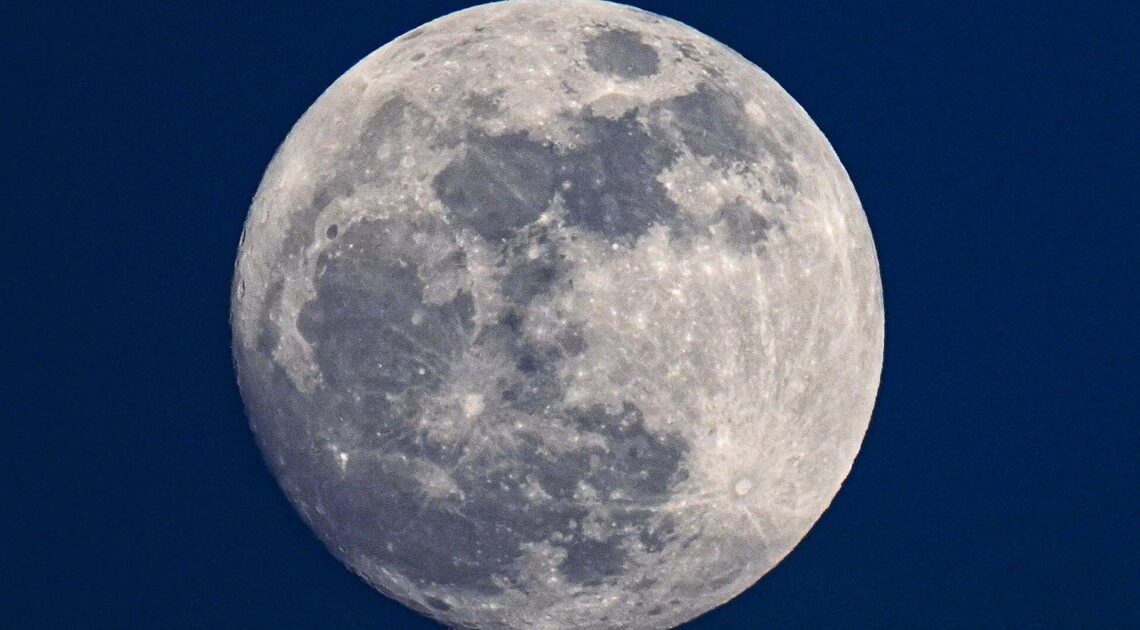
May’s full flower moon appears today. Here’s how and when to see it.
12. May 2025
April showers bring May flowers, including the Flower Moon.
The full moon reached peak illumination at 12:56 p.m. on Monday but it will appear full for several more days. The Old Farmer’s Almanac details specific moonrise times for ZIP codes across the U.S. Local forecasts also include detailed information on how clear the night sky will be in various locations.
Why is May’s full moon called the flower moon?
Full moon names often come from seasons, historical crops and the behavior of certain animals. The “Flower Moon” nickname is because of the flowers sprouting across North America this month, according to The Old Farmer’s Almanac.
May’s full moon goes by several other names connected to the season, including Budding Moon, Leaf Budding Moon and Planting Moon. It also has several names related to animals, including Egg Laying Moon, Frog Moon and Moon of the Shedding Ponies. All the names indicate warmer weather is on the way.
When’s the next full moon?
Those who miss May’s full moon will need to wait for June 11 to catch the peak of the next one. Here’s what’s coming after that:
- July full moon reaches peak illumination – Thursday, July 10
- August full moon reaches peak illumination – Saturday, Aug. 9
- September full moon reaches peak illumination – Sunday, Sept. 7
- October full moon reaches peak illumination – Monday, Oct. 6
- November full moon reaches peak illumination – Wednesday, Nov. 5
- December full moon reaches peak illumination – Thursday, Dec. 4
What else to look for in the sky this month
Several planets may be visible this month, according to NASA. All month long, astronomy fans may be able to spot Venus and Saturn low in the eastern sky each morning. In the evenings, Mars and Jupiter will be visible for a couple of hours after sunset in the western sky.
The Eta Aquariids meteor shower, which already peaked, will also continue until late May. The next meteor shower is the Southern delta Aquariids in July, according to the American Meteor Society.